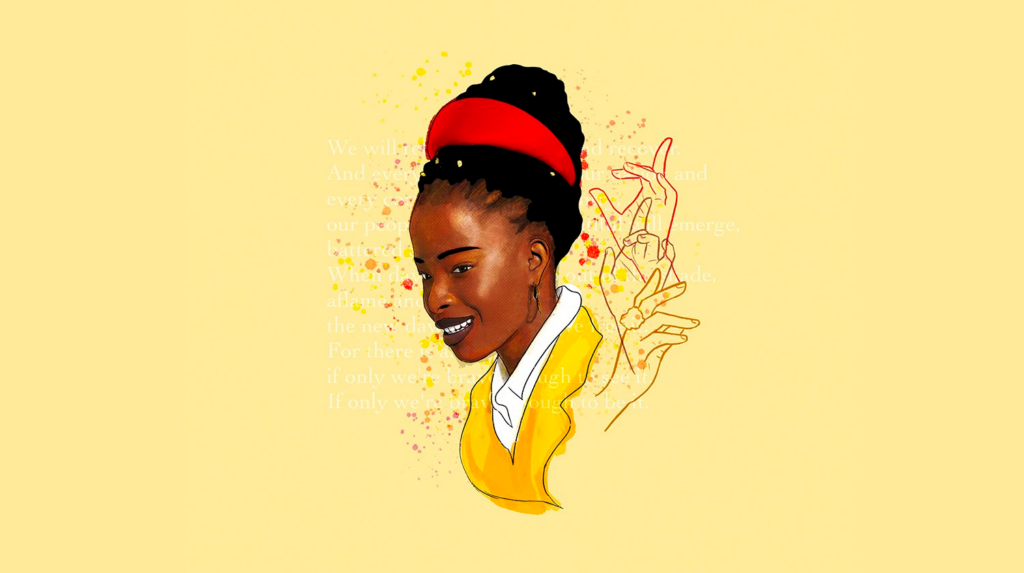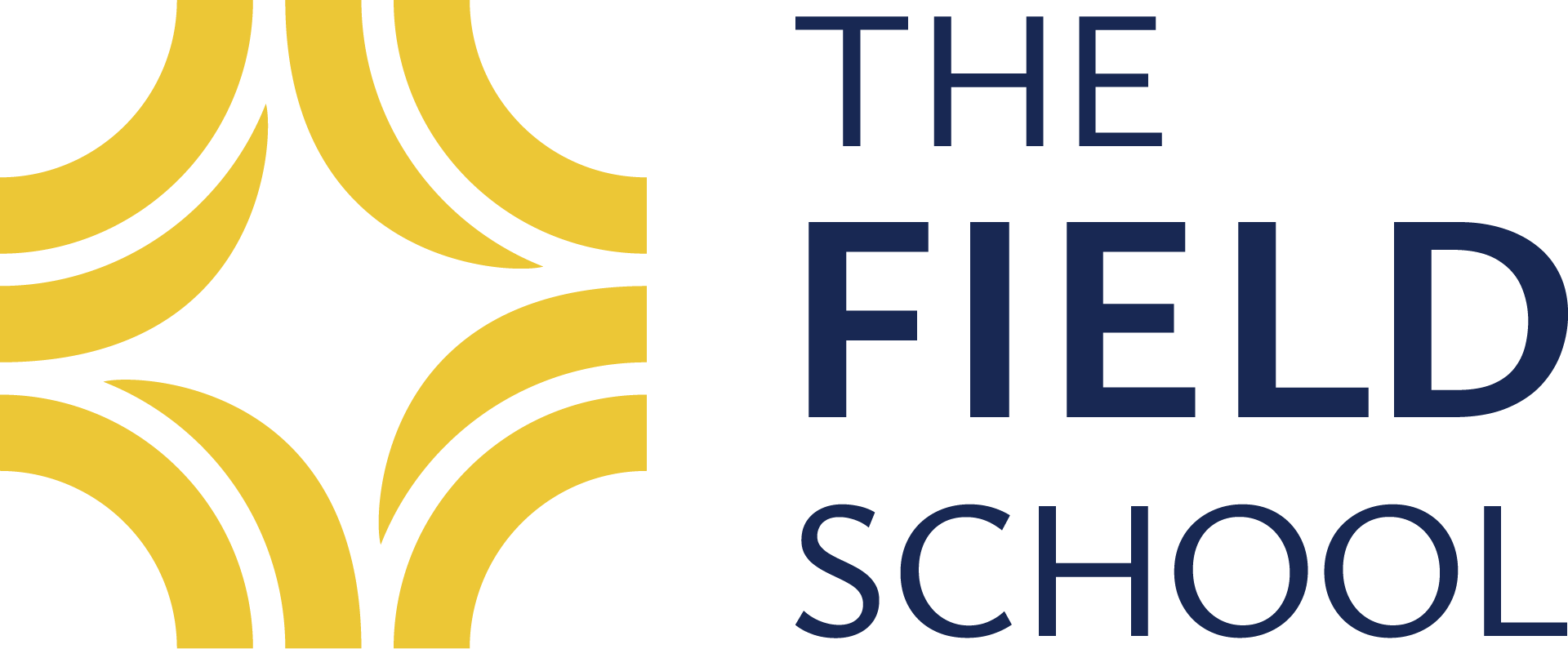A dog by the fireplace and Van Gogh’s “Starry Night:”
Photo From New York Times– Jason Allen’s AI generated “Théâtre D’opéra Spatial” won 1st place in Colorado State Fair’s digital art competition, sparking debate about AI’s place in the art world.
My fingers hover over the keyboard as I contemplate their next movements. I glancs up and see my dog Winston, sitting so close to the fire I worry his yellow coat might catch. I can’t blame him. Mummified in ice, no one has left the house for the three days– not that anyone wants to brave the coldest temperatures to hit Louisville in the last 80 years. My mind blank, I type into the prompt what I see:
Dog lying by the fireplace
Almost as soon as I press enter, four images appear, each with a different breed, but not a lab. I try again.
Yellow Lab lying by the fireplace
This time, 4 different versions of a yellow lab appear on my screen, similar to the actual scene in front of me. I glance to my left and take in more of my surroundings.
Yellow lab lying by the fireplace with a window outside where it is snowing
For fun, I add one more detail to the prompt.
Impressionist style of a yellow lab lying by the fireplace with a window outside where it is snowing
This time, the photos that appear are what I’m looking for.
In less than 2 minutes, while sitting on a couch, trying to entertain myself, I have generated 16 different pieces of artwork. Four months ago, no one who had seen my prodigious stick-figure art collection would have believed that possible. Now, with ubiquitous generative AI, few people would be surprised.
What does this mean for art? Is AI-generated art really “art?”
That question led me to Jenny Helm, Field School’s 2D art teacher. “People said, ‘photography is not art’ when it first came out, because the camera’s doing all the work. But that [view] changed over time.”
Photography is very different from various forms of drawing and painting. Even within photography, experts and fans alike distinguish digital and print photography. Jenny sees a similar future for AI-generated art. “[T]he tool is already so fine-tuned; it smooths things out. It makes things ‘easier.’ So, if something else is generating imagery for you like that, I think it’s just a completely different art form.”
Generative AI images undoubtedly will impact how art is taught, maybe even threatening its future as a school subject. Like Jenny, Matt Liptak, a local photographer and digital artist, has much at stake in how generative AI evolves.

Matt Liptak, local photographer and digital artist, got his BFA in Fine Art Photographic Illustration from Rochester Institute of Technology in 2011.
Matt didn’t shy away from AI art generators when they appeared. “I was intrigued by how it worked, so I did what a lot of people have done and tossed in a few wild prompts to see what it would turn out. It was fun, but the more I used it, the more I started questioning it.” While the quality of early AI art generators was low, they have improved dramatically and very quickly. Matt shared that his “early apprehensions have only grown stronger with its expedited growth and popularity.”
Matt’s concerns are suddenly commonplace in the explosion of media commentary on generative AI. Who owns the selfies and other images you upload to have processed into AI art? What rights do artists have in their original creations that are analyzed by AI generators? Matt said he wouldn’t include AI-generated images in his own work right now because he’d “be afraid that what I’m using is stealing from another artist or creator.” Matt also worried that in the absence of any guardrails, AI can deceive the public, “especially in the setting of local art shows and competitions.”
Matt’s biggest concern, though, bears similarity to one expressed by photographers in the wake of ubiquitous digital cameras. “It almost commodifies art in a way– makes it disposable.” In his view, AI-generated art, unlike photography, doesn’t require you to earn the outcome through knowledge of composition, light, and science. Even though digital photography was mainstream when Mark went through his first year of college photography studies, he had to use film and darkroom techniques exclusively. While “digital photography has opened up a world of possibilities for me as an artist that aligns more with what I want to say and create,” those analytical photographic techniques “gave me a foundation that has made me a more thoughtful, efficient, and well-rounded artist.”

One of Matt Liptak’s digital art pieces. His art can be found in many galleries throughout the area.
There is some evidence that commoditization is already happening. In fiction, a form of written artistic expression, some publishing houses report a flood of AI-generated pitches and submissions that threaten to bury worthy submissions. Further, Europol recently estimated that as much as 90% of online content would be generated synthetically by 2026.
Still, both Jenny and Matt saw a role for generative AI art in the learning process. “I think if AI Art is used as an educator or in a capacity to teach as opposed to produce and replace [the artist], it might help people learn and enter into the world of art in a beneficial way,” Matt said.
It’s also important to recognize that to produce AI-generated art you must describe what you want, the more detailed the description, the better. Similarly, when you use AI art generators to edit existing images, you must describe in detail the changes you want. Is it conceptually any different to use words to modify a picture of Prince than for Andy Warhol to use paint to do the same?
If you google “art,” the first definition, from Oxford Languages, ends with the phrase “producing works to be appreciated primarily for their beauty or emotional power.” Maybe the value of generative AI will hinge on its actual impact on people.
“If you’ve ever had the opportunity to see a famous painting in person, there is something magical about it,” Matt shared with me. “I remember seeing van Gogh’s ‘The Starry Night’ at the MoMa for the first time when I was a senior in high school, and that moment took my breath away… I hope [AI] doesn’t make art something we overlook because it’s been watered down to a bite-size piece of content. I hope it doesn’t kill that wonder and amazement I felt standing in front of ‘The Starry Night’— because if it manages to do that, I think we are all in bigger trouble than we realize.”

